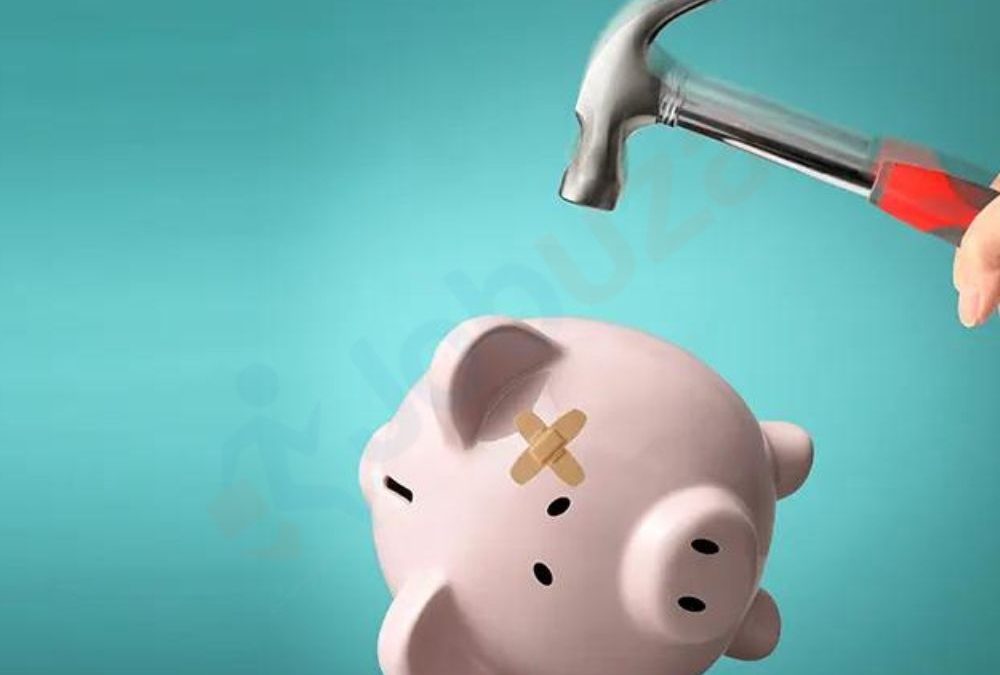Premature Withdrawal of Fixed Deposits: What You Need to Know
Fixed Deposits (FDs) are one of the most reliable investment options in India, offering a guaranteed return with a fixed interest rate for a chosen tenure. They provide stability and security, making them a preferred choice for risk-averse investors.
However, financial emergencies can arise unexpectedly, and you may need to withdraw your FD funds before maturity. While this is possible, it comes with consequences. Understanding these implications can help you make an informed decision before opting for a premature withdrawal.
Understanding Premature Withdrawal Penalties
Banks impose penalties for withdrawing an FD before its maturity to discourage early liquidation. The penalty amount varies by bank and FD type, typically ranging between 0.5% and 1% of the interest earned.
For instance, if you invest ₹1 lakh in an FD with a 6% annual interest rate and decide to withdraw it after six months, the bank may lower your applicable interest rate to 5%. This means you not only lose out on a higher interest rate but also miss the compounded growth your deposit would have earned over time.
The Real Costs of Withdrawing Before Maturity
While premature withdrawal offers immediate access to funds, it has financial drawbacks that go beyond just penalties. Here are some crucial factors to consider:
Loss of Potential Interest
FDs earn compound interest, meaning the longer you keep your money invested, the more it grows. By withdrawing early, you lose out on both the principal interest and the compounded gains that would have accumulated over the full tenure. Even a small reduction in the interest rate can have a noticeable impact over time.
Disruption of Financial Goals
Many people invest in FDs with specific financial goals in mind, such as saving for a child’s education, a home down payment, or a future vacation. Withdrawing the deposit before maturity can derail these plans, forcing you to either delay them or seek alternative financing, which may be costlier in the long run.
Alternatives to Premature Withdrawal
Before breaking an FD prematurely, consider these options that can help you access funds without incurring penalties:
Loan Against FD
Most banks offer loans against FDs, allowing you to borrow up to 90% of your deposit amount while the FD continues to earn interest. This way, you get the required funds without losing out on the long-term benefits of your investment. You only need to repay the loan with interest, and your FD remains intact.
Partial Withdrawal
Some banks permit partial withdrawals, which means you can take out only the amount you need while keeping the rest of the deposit untouched. This helps minimize losses and allows the remaining balance to continue earning interest.
Liquid Funds
Instead of breaking an FD, consider liquid funds, which invest in short-term securities and can be redeemed quickly without penalties. Allocating a portion of your investments to liquid funds ensures that you have easy access to cash in times of need, reducing the likelihood of premature FD withdrawals.
How to Avoid Premature FD Withdrawals
To minimize the chances of breaking an FD before maturity, follow these smart financial planning strategies:
Choose FD Tenures Wisely
Align your FD investments with your financial goals. If you anticipate needing funds in the near future, opt for shorter-term FDs. Alternatively, you can create an FD ladder—investing in multiple FDs with varying maturities—so that you have access to money at different intervals without disturbing your long-term investments.
Maintain an Emergency Fund
Building an emergency fund with 3-6 months’ worth of living expenses ensures that you have financial backup for unexpected situations. This reserve can help cover sudden expenses like medical emergencies or job loss, reducing your reliance on FD withdrawals.
Diversify Your Investments
A well-balanced investment portfolio minimizes risk and provides liquidity when needed. Instead of relying solely on FDs, consider diversifying with a mix of mutual funds, stocks, bonds, and liquid funds. This way, you can access funds from alternative sources and avoid breaking an FD prematurely.
Final Thoughts
While Fixed Deposits are a safe and effective investment option, premature withdrawals can lead to financial setbacks. Understanding the penalties, lost interest, and disruption to financial goals is crucial before making a decision. By exploring alternatives like loans against FDs, partial withdrawals, or liquid funds, you can manage your finances more efficiently without losing out on potential earnings.
With strategic financial planning, you can ensure that your investments serve their intended purpose while keeping your long-term financial goals on track.
For more Latest updates: Click Here


